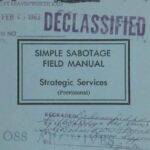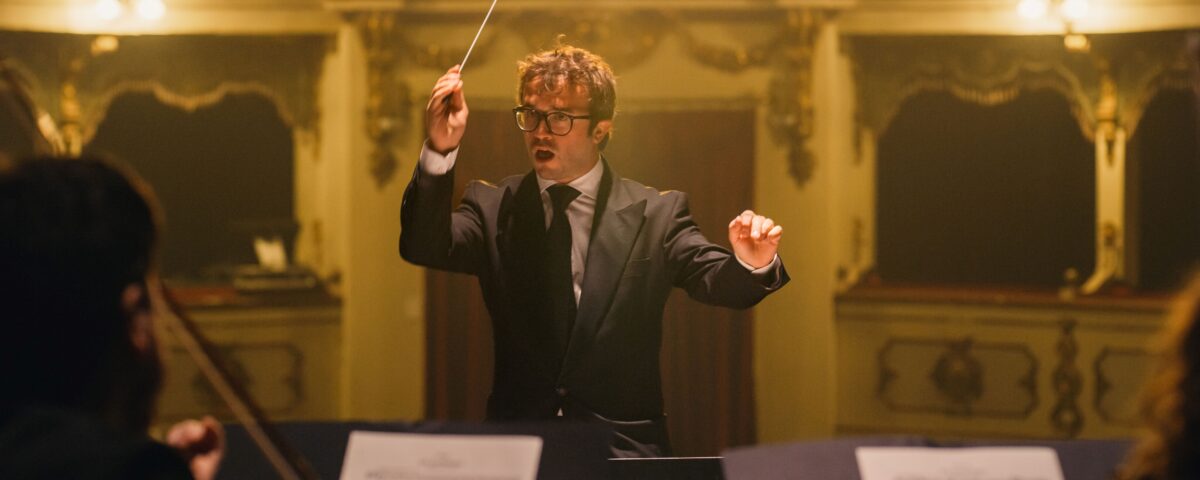
Game On: Unleashing the Strategic Power of Business Wargaming
April 4, 2024
Is Your Company Being Sabotaged by Inefficiency? Here’s How to Fix It
June 4, 2024Unlocking Synergistic Performance: Harnessing Personalities and Strengths for Optimal Team Dynamics

Creating a cohesive, high-performing team is like conducting a symphony orchestra where each musician’s contribution is crucial to the harmony of the whole. Understanding and leveraging the unique personalities and strengths of each person on your team are the keys to creating synergy, where your whole team working together is better than the sum of the individual contributors.
In my experience working with executive teams, there are two tools that can significantly help to develop team synergy and increase collective performance by improving trust and collaboration among team members: the Myers-Briggs personality assessment and Gallup’s CliftonStrengths assessment. In this post I’ll explain both of these tools and discuss how they can help you develop a higher-performing team by better understanding team dynamics and leveraging individual talents.
Myers-Briggs Personality Assessment: Understanding Team Dynamics
The Myers-Briggs personality assessment is a tool designed to reveal psychological preferences in how individuals perceive the world and make decisions. It was created in the 1940s by Katharine Briggs and her daughter, Isabel Briggs Myers. The assessment is rooted in the theory of Swiss psychiatrist Carl Jung that people experience the world using four principal psychological domains. It is used by over 10,000 companies, 2,500 colleges and universities, and 200 government agencies in the U.S., in addition to more than 1 billion users worldwide.
The Myers-Briggs assessment is a self-evaluation questionnaire designed to make Jung’s theory of psychological types understandable and applicable to everyday life. It categorizes individuals into 16 personality types based on Jung’s four psychological domains:
- Introverted/Extraverted (where we get our energy)
- Sensing/Intuitive (how we process information)
- Thinking/Feeling (how we cope with emotions when making decisions)
- Judging/Prospecting (how we approach work and planning)
By understanding each team member’s psychological tendencies in each of these domains, colleagues can gain insights into their preferences in communication, problem-solving, decision-making, and work style.
Imagine a team where a discussion about a new project approach is underway. An extraverted, intuitive, feeling, prospecting (opportunistic) team member might suggest a plethora of innovative ideas, while an introverted, sensing, thinking, judging (structured) member might prefer to step back and formulate a detailed, practical plan. Recognizing these differences isn’t just about appreciating diversity in thought; it’s about effectively assigning tasks that play to each member’s natural preferences, which can lead to higher engagement and productivity.
You can complete a free Myers-Briggs personality assessment in less than 10 minutes here.
Gallup’s CliftonStrengths Assessment: Leveraging Individual Talents
While the Myers-Briggs assessment focuses on personality types, Gallup’s CliftonStrengths assessment identifies a person’s top talents from 34 themes, providing a language to describe what individuals naturally do best. A team member with a top strength of “Strategic” might excel at spotting interconnected issues and patterns, whereas another with a strength of “Relator” might be the one who fosters deep, trusting relationships within the team.
Consider a team working on a complex client problem. A member with the “Analytical” theme might dissect the issue and understand the underlying factors in play, while someone with the “Achiever” theme might take charge in driving the group toward a solution. Knowing these strengths allows for a tailored approach to work distribution and recognition, ensuring that the right people are in the right roles and that they’re valued for their contributions.
Furthermore, Gallup maps each of the 34 individual strength themes to one of four key team domains based on their research with high-performing teams:
- Executing – getting things done and turning ideas into reality
- Influencing – persuading others internally and externally to help drive engagement
- Relationship Building – fostering a sense of trust and cooperation among team members
- Strategic Thinking – looking over the horizon and analyzing information for better decision-making
By examining where your team’s top individual strengths are concentrated among these four domains, you can gain insights into where your team is strong as a group, and where you might have gaps that need to be addressed.
Gallup’s top five CliftonStrengths assessment can be completed in approximately 30 minutes, and you can purchase it here for a nominal fee.
Integrating Myers-Briggs and CliftonStrengths for Team Development and Synergy
Integrating these two assessments can offer a multi-dimensional view of a team’s tendencies and capabilities. Here’s how teams can leverage this powerful combination:
Encourage Self-Awareness and Mutual Understanding
Self-awareness is the first step to personal development, and mutual understanding is crucial for teamwork. Team workshops that involve sharing Myers-Briggs personality types and CliftonStrengths results can be eye-opening, fostering empathy and reducing misunderstandings and conflicts.
Align Roles and Responsibilities
Use the insights gained from the assessments to align roles with each team member’s natural strengths and preferred working styles. This alignment can lead to increased job satisfaction, employee engagement, productivity, and overall effectiveness.
Enhance Communication
Adapt communication based on team members’ personality types. For example, ensure that discussions have enough structure and space for introverts to contribute their thoughts while leveraging extroverts’ comfort with “thinking out loud” during brainstorming sessions.
Build Complementary Partnerships
Pair team members with complementary strengths and personality types to maximize effectiveness. For instance, partner someone with the “Ideation” strength with someone who is strong in “Execution” to balance dreaming and doing.
Develop Targeted Growth Plans
Identify areas for individual and team growth based on assessment results. A person with strong “Futuristic” talents may benefit from partnering with someone who excels in “Context” to balance forward-thinking with lessons from the past.
Resolve Conflicts Constructively
Understand underlying personality differences that may lead to conflict. An awareness of different personality types can guide teams to resolve disputes in a manner that respects each person’s viewpoint.
Celebrate Diverse Perspectives
Create a culture that values and celebrates the diverse perspectives brought by various personality types and strengths. This can encourage innovation and out-of-the-box thinking.
Conduct Regular Reviews
Regularly revisit the team’s Myers-Briggs and CliftonStrengths composition, especially when new members join or when the team encounters new challenges. This will help ensure a continuous dynamic of constructive collaboration and synergy to maximize team performance and effectiveness.
Conclusion
The Myers-Briggs and CliftonStrengths tools are not about putting people in boxes; rather, they are about understanding the boxes people prefer to operate from. The real power lies in harnessing this understanding to design a work environment that values each note played by every individual, creating a collective symphony of success.
It’s critical to remember, though, that no assessment can fully capture the complexity of human personality and talent. They are guides, not diagnostic tools. Leaders and team members should use them as a starting point for conversation and development, not as the end-all of team composition or individual ability.
By integrating tools like Myers-Briggs and CliftonStrengths into team development strategies, organizations can craft a deliberate approach to team composition and management. This approach not only honors the individuality of team members, but also aligns their unique capabilities toward the common goal. In doing so, teams can foster a high level of trust, harness the power of their combined strengths, work together effectively as more than just the sum of their parts, and become a true high-performing team.
If you want to unlock the full potential of your team’s diverse personalities and strengths, we can help.
